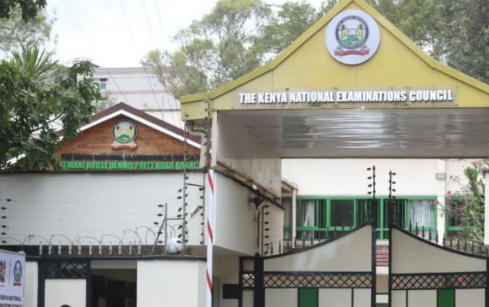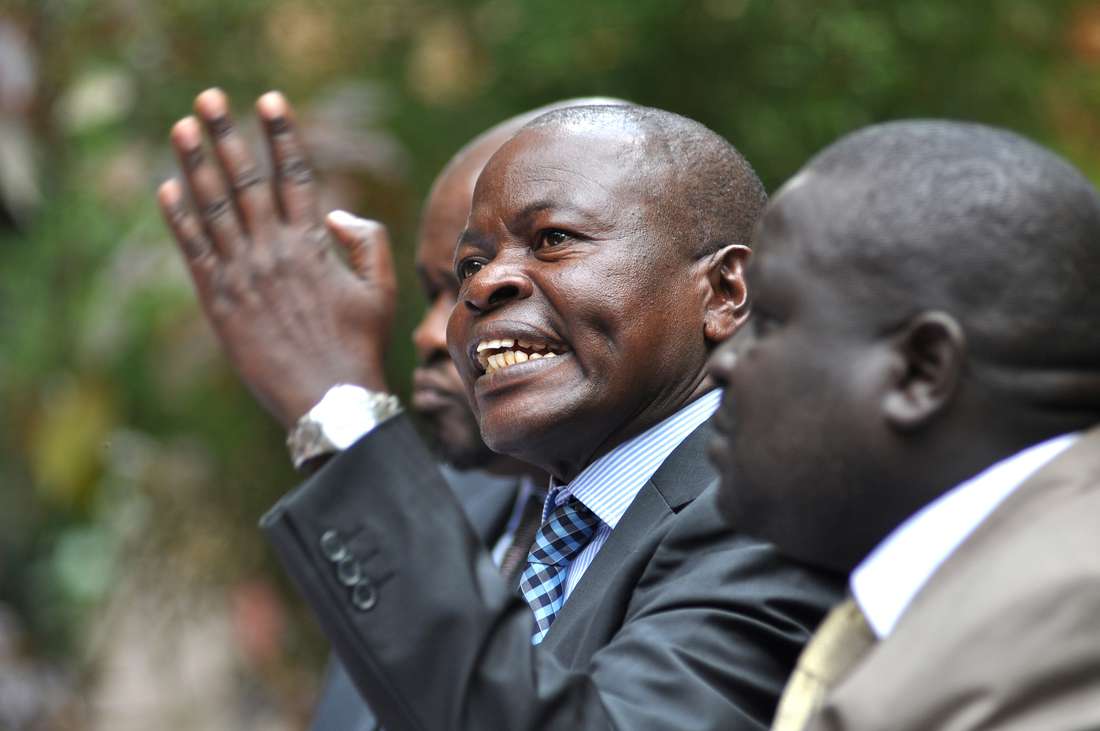Inside the secret life of baobabs and the night creatures that keep them alive

Protecting these pollinators means protecting the baobabs themselves, and with them, the communities and ecosystems that depend on them.
Sarah Venter, University of the Witwatersrand
More To Read
- New discovery reveals chimpanzees in Uganda use flying insects to tend their wounds
- Ancient antelope teeth offer surprise insights into how early humans lived
- Africa’s freshwater ecosystems depend on little creatures like insects and snails: Study maps overlooked species
- Fossil footprints in northern Kenya show two ancient human species coexisted
- Boost for traders as UK suspends 8 per cent duty on Kenyan flowers
- Flower farmers hopeful for Valentine's Day windfall despite tough times
Baobabs are sometimes called “upside-down trees”, because their branches look like roots reaching skywards. Of the eight species of baobab in the world, six are confined to Madagascar, one to northern Australia and one species, Adansonia digitata, is found across the savannah regions of continental Africa.
They’re more than striking trees; they are cornerstones of African ecosystems and livelihoods. They provide fruit, fibre, medicine and shelter for both people and wildlife.
But it’s their night-blooming flowers and partnership with tiny nocturnal visitors, like bats and moths, that hold the secrets of their evolution and future survival.
Baobabs have huge white flowers that are visited at night by bats and moths to drink their sweet-tasting nectar. While feeding on the nectar, the flower covers its nocturnal visitors with pollen, which they carry to the next flower they visit. This transfers pollen from the male part (anther) of one flower to the female part (stigma) of the next flower.
Without this pollination, the trees would not be able to produce nutritious fruit, which African people have eaten for thousands of years, or seeds to grow the next generation of baobabs.
I’m a baobab ecologist who has studied these trees for 18 years. In my latest research, my team studied 284 baobabs across West (Ghana), East (Kenya), and Southern Africa (South Africa, Namibia, Botswana) to see which animals pollinated their flowers.
We observed bats and moths for 205 hours, filmed and caught bats to identify them, and collected pollen from their bodies. We also compared the flowers’ shapes, nectar, and scents across the regions.
Our study found that the baobabs have different pollinators in different regions and have each adapted their flowers to suit those pollinators.
The baobabs are all genetically the same species, but their floral traits, shape, scent and nectar have evolved to suit the different pollinators in each region.
It takes thousands of years for these changes to happen. This also means the trees are deeply dependent on their relationships with either bats or moths.
If these creatures go into a decline because of climate change, the trees might not reproduce. This would endanger not just the baobab species but the web of life that depends on it.
More research is needed about the animals that are pollinating baobab flowers and how important they are to the survival of baobabs in future.
Safeguarding Africa’s tree of life
Protecting pollinators is more than preserving biodiversity. It safeguards the continuity of one of Africa’s most life-giving trees and the communities rooted in its shade.
For restoration and conservation, one crucial lesson stands out: when selecting baobab seeds and seedlings, they must match the pollinators of each region.
Flowers emit fragrance and produce volumes of nectar suitable for their pollinators. If flowers fail to attract the proper visitors, they cannot produce fruit or seeds. For example, a baobab tree that is adapted to bats may not thrive where only moths remain.
This is what we found:
- West Africa: The main visitor to the baobab trees is the straw-coloured fruit bat (Eidolon helvum), a large species that feeds while hanging upside down from branches. The baobab flowers here reflect their companion: they’re big, with long stalks and deep pools of nectar. The bats rotate the flowers with their thumbs, and the pollen brushes their heads and chests. The bats carry this to other blossoms, setting in motion a new generation of trees.
- East Africa: Here, the smaller Egyptian fruit bat (Rousettus aegyptiacus) dominates. These bats crash-land directly onto flowers, using the stalk as a springboard. East African flowers have therefore evolved to be smaller and sturdier, with less nectar but still enough to encourage repeated visits through the night.
- Southern Africa: No bats visit baobab trees in this region. Instead, a variety of moths fill the role of pollinators. Some hover delicately; others land on the flowers themselves. The flowers here are smaller, with drooping petals and wider stigmas. These subtle adaptations nudge moths into direct contact with pollen-bearing parts.
Secrets of flower form, nectar and scent
We also analysed the flowers and found a range of differences that mirror the feeding styles of bats and moths:
Shape: In bat regions, petals fold back. This makes space for the bats to land or hang on the flowers. In moth regions, petals droop, encouraging close contact and effective pollen transfer.
The length of the peduncle (the stalk that attaches the flower, and later the fruit, to the branch): Flowers on West African baobabs have long stalks that suit large bats feeding while hanging from branches. In East Africa, shorter stalks reduce wobbling when smaller bats land directly on flowers.
Nectar: Large bats encouraged the development of nectar-rich flowers in West Africa. East African flowers produce less nectar for smaller bats, and southern African baobab flowers provide only drops of nectar, just enough for moths.
Stigma position: In southern Africa, some flowers have short and wide stigmas – the part of the female reproductive organ which receives the pollen before it is transferred to the ovary buried below the stamen ball.
This is unlike the fully protruding stigmas of West and East African baobab flowers that are visited by bats. For moths, this positioning increases the chance that they brush against the flower’s reproductive parts, forcing them to pollinate the flower.
Scent: Baobabs across Africa release unusual sulphur-like compounds that draw bats, but southern African flowers emit sweeter-smelling scents, making them appealing to moths instead.
Our future rests on wings
Birds, bees and beetles do not pollinate baobab flowers, so baobabs rely on moths and bats for survival. Baobab trees can cope with a wide range of environmental and climatic conditions. But bats and moths may be more susceptible to climate change.
The Conversation
***
Sarah Venter, Baobab Ecologist, University of the Witwatersrand
This article is republished from The Conversation under a Creative Commons license. Read the original article.
Top Stories Today













































